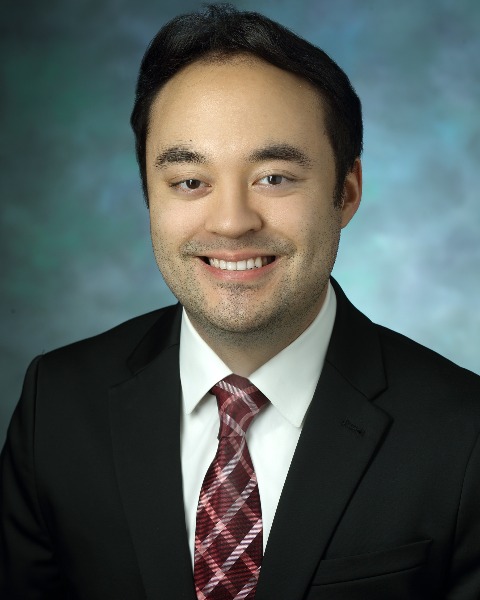Medical Education 6: Health Equity
Session: Medical Education 6: Health Equity
445 - Health Equity Morning Report- A Case-Based, Collaborative Resident Curriculum to Address the Social Determinants of Health in Hospitalized Children.
Saturday, April 26, 2025
2:30pm - 4:45pm HST
Publication Number: 445.5250
Tai Hairston, Johns Hopkins Children's Center, Baltimore, MD, United States; Carly Byrd, Johns Hopkins University School of Medicine, Baltimore, MD, United States; Nicole A. Shilkofski, Johns Hopkins University School of Medicine, Baltimore, MD, United States; Jawaria Khan, Johns Hopkins University School of Medicine, Baltimore, MD, United States; Emily Murphy, Johns Hopkins University School of Medicine, Baltimore, MD, United States; Suzanne Mead, Johns Hopkins Children's Center, severna park, MD, United States; Nakiya Showell, Johns Hopkins University School of Medicine, Baltimore, MD, United States; Marquita Genies, Johns Hopkins Children's Center, Baltmore, MD, United States

Tai Kyung Hairston, MD (he/him/his)
Chief Resident
Johns Hopkins Children's Center
Johns Hopkins University School of Medicine
Baltimore, Maryland, United States
Presenting Author(s)
Background: Despite the ACGME’s emphasis on addressing health disparities in residency training, there remains a significant gap in pediatric residents' ability to discuss social determinants of health (SDOH) during clinical rounds. Existing curricula lack direct observation methodologies, which leaves the impact of such training on clinical behaviors underexplored.
Objective: To evaluate the effectiveness of the Health Equity Morning Report (HEMR), a case-based, collaborative curriculum aimed at improving pediatric residents’ competencies in identifying and addressing SDOH in hospitalized children on clinical rounds.
Design/Methods: We performed a single-site study of the PGY-1 class (N= 35) pediatric interns in our Pediatric Residency Program over six months. Interns participated in monthly 45-minute HEMR sessions focused on various SDOH domains, led by faculty with expertise in health equity. Using a validated observational checklist developed by our team, we assessed interns’ frequency and content of SDOH discussions on clinical rounds pre- and post-curriculum. Each mention was scored as 1 (mention without intervention) or 2 (mention with intervention). Observers assessed consistency using inter-rater reliability, while resident feedback on curriculum quality was collected through surveys and focus groups.
Results: Prior to implementation, there were 0 mentions of SDOH across 32 patient presentations. Post-implementation, SDOH was mentioned in 5 out of 50 presentations, with 4 discussions rated as score 2. A Mann-Whitney U test indicated a statistically significant increase in both the frequency and intervention-focused quality of SDOH mentions post-curriculum (p = p< 0.0001). Qualitative feedback identified the case-based approach and facilitator expertise as curriculum strengths.
Conclusion(s): Since implementation, the HEMR curriculum significantly increased pediatric interns' mentions of SDOH, including actionable interventions. This curriculum model offers a promising framework for enhancing pediatric residency training in health equity, with potential applicability across other institutions to address disparities in clinical practice.

